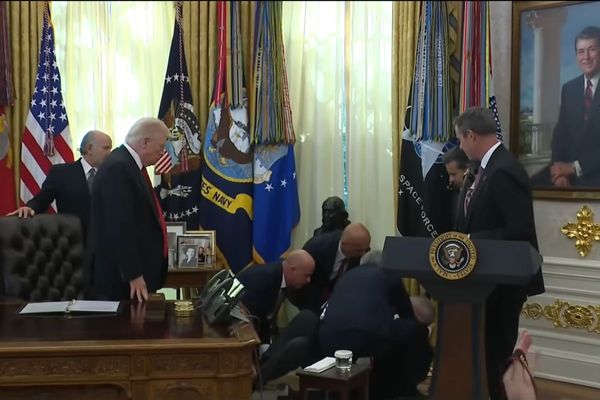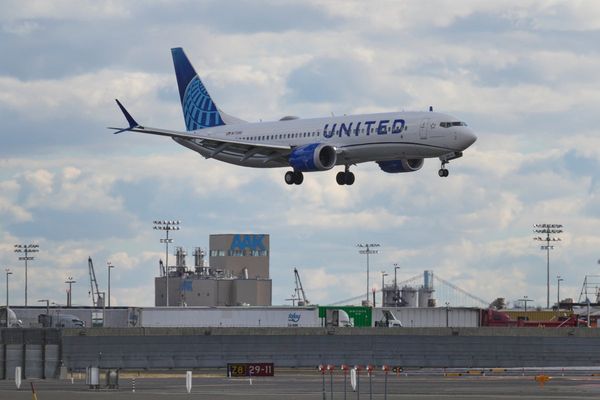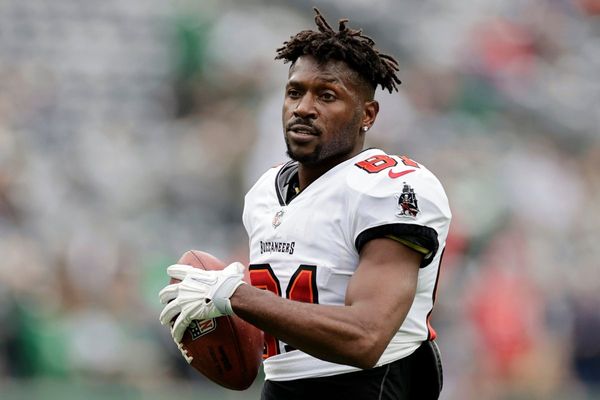
In October, 2001, small teams of American soldiers on horseback defeated thousands of Taliban fighters because the soldiers were trained in one critical leadership skill: Persuasion.
In a scene from the movie 12 Strong, an Afghan general who linked up with a Special Forces team wants to raise an American flag over a village that their combined teams took back from the Taliban. Captain Mitch Nelson (played by Chris Hemsworth) refuses. “It’s your city, general. You raise your flag,” Nelson says.
According to historian and author Doug Stanton, who spent five years researching the battle for his New York Times bestseller, Horse Soldiers, the scene wasn’t staged for the movie. It really happened. It also reflects the unique training that America’s elite Special Forces soldiers (Green Berets) must undergo. Green Berets are trained to persuade warlords to join together against a common enemy. Their mission is not to record an American victory; it’s to score a mutual victory. Their approach has been called a ground-breaking template for resolving future conflicts.
On October 16, 2001, a 12-man operational detachment of Green Berets from America’s 5th Special Forces Group (ODA 595) was the first group of soldiers to land in Afghanistan and connect with Northern Alliance generals who had spent a decade battling the Taliban (and each other). The soldiers had the most important diplomatic mission in the world following the attacks of 9/11. They were dropped into the remote, rugged mountains of Afghanistan to convince General Rashid Dostum to join them to fight their common enemy—the Taliban and Al Qaeda. Stanton nicknamed the small detachments ‘Horse Soldiers’ because horses were their only means of transportation when they hit the ground. The Taliban had tanks.
I recently spoke to Stanton about the movie which is adapted from his book (Stanton has an executive producer credit on 12 Strong). Moviegoers will see the intense battle scenes they’d expect from a Jerry Bruckheimer film (Black Hawk Down). They’ll also get a glimpse into what makes these elite commandos such highly effective teams. The job of a U.S. Special Forces leader is to link up with warlords and guerrilla leaders, build rapport with the citizens, earn their trust, and inspire them to work together toward a common cause.
“The mission lived or died on the ability of the soldiers to create rapport and relationships and to work by, with, and through their counterparts. Not over, under, or remote from. But by-with-and-through. That’s their doctrine,” Stanton told me.
While conducting his research, Stanton was struck by the fact that soldiers are trained to resort to weapons as “a third or fourth choice in resolving a conflict.” Crouching in the dirt with a warlord, scratching out a plan with a stick and sharing strategy around the campfire is far more effective and lasting “than kicking down doors, guns blazing.” The soldiers’ training is a central component of unconventional warfare. These soldiers are often fluent or conversant in the language of the locals. They eat with warlords, sleep where they sleep, and learn to think like they think.
If a Soldier Can’t Build Rapport, They’ll Never Earn the Green Beret
In the past year, I’ve had lengthy conversations with one of the Special Forces commanders involved in the battle featured in 12 Strong. Sam MacPherson was a primary planner for combat operations in Afghanistan for Task Force Dagger, the name given to joint operations in Afghanistan following 9/11. Today, MacPherson works with LEAN enterprises to transform their corporate cultures and leadership styles. He also consults on strategic planning and leadership development for the Special Forces officer qualification course.
MacPherson and I share a passion for storytelling and how it can be used to train the next generation of soldiers who must be exceptional communicators—rapport builders. “Special Forces, known as the ‘quiet professionals,’ are soldiers who must be able to communicate with and influence warlords, guerrilla chiefs, and foreign heads of state. They must speak with clarity about U.S. objectives,” MacPherson told me. “Communication is our bread and butter. Building rapport and relationships is what we do better than anybody else. Without these skills, you will not win the coveted Green Beret.”
An exercise called “Robin Sage” weeds out the below-average communicators who are ineffective at building rapport. It is one of the most unique military training and selection programs in the world. It’s held in the remote woods of North Carolina. In addition to three weeks of grueling mental and physical tests that is said to “fry the circuitry of normal men,” Green Beret candidates are met by “G-Chiefs.” These are retired Green Berets playing the role of guerrilla chiefs. As evaluators watch, the students must build relationships and be invited to sit by the campfire by nightfall. Only soldiers who are superior communicators earn a Green Beret.
If you visit the National 9/11 Memorial in New York City, you might notice the Horse Soldier Statue. The statue is inscribed with the Green Beret motto: to liberate the oppressed. The Green Berets from the 5th Special Forces Group are true heroes who teach us that liberating the oppressed begins by winning hearts and minds.







